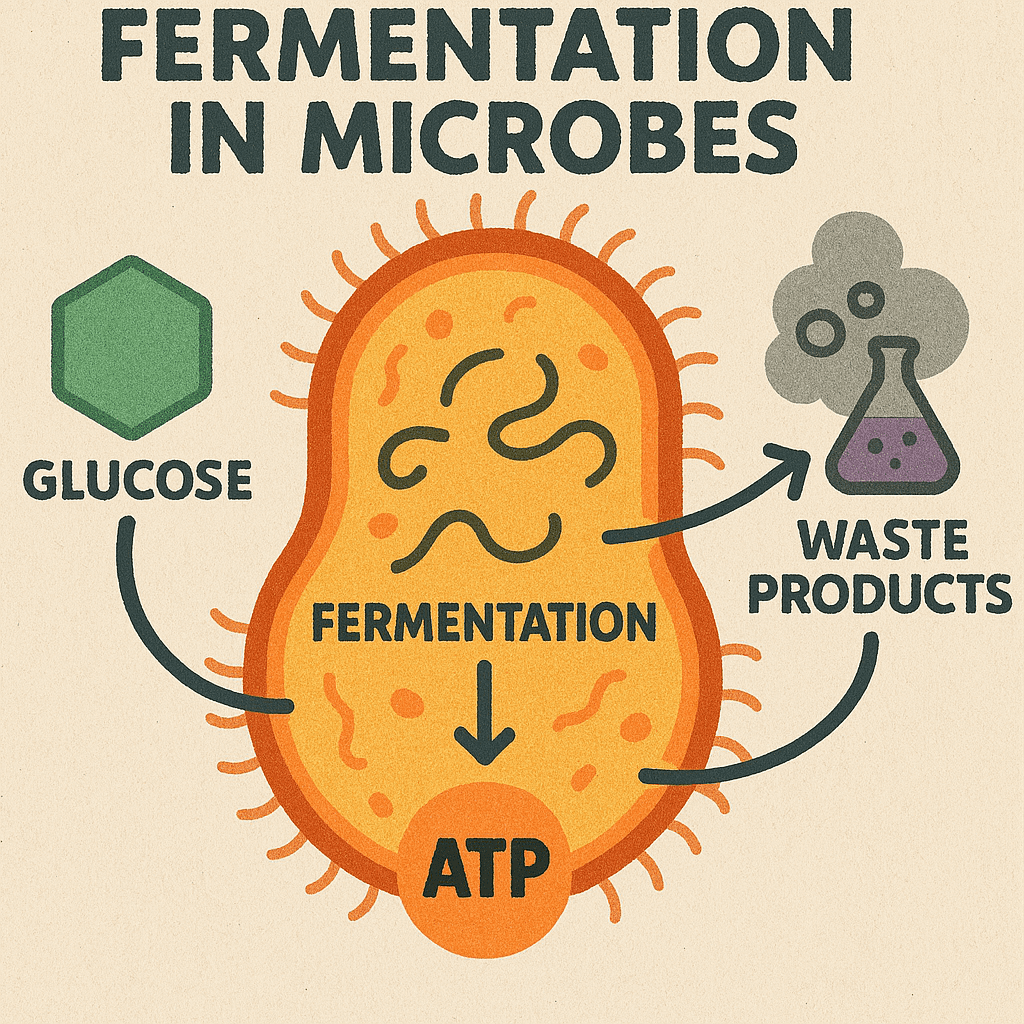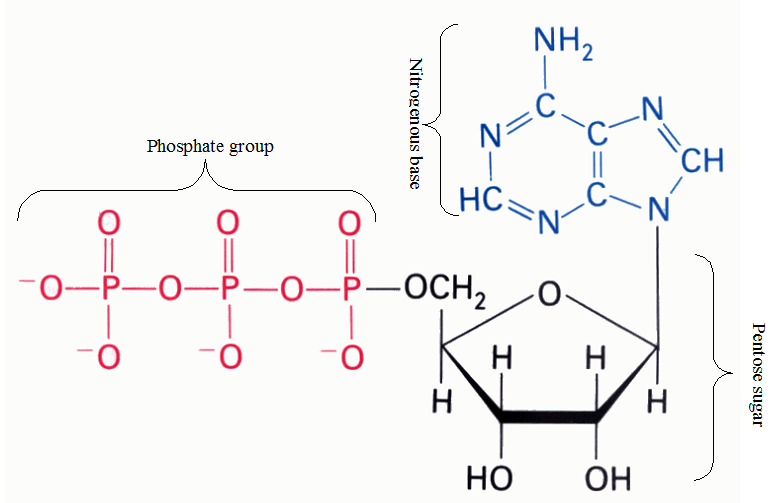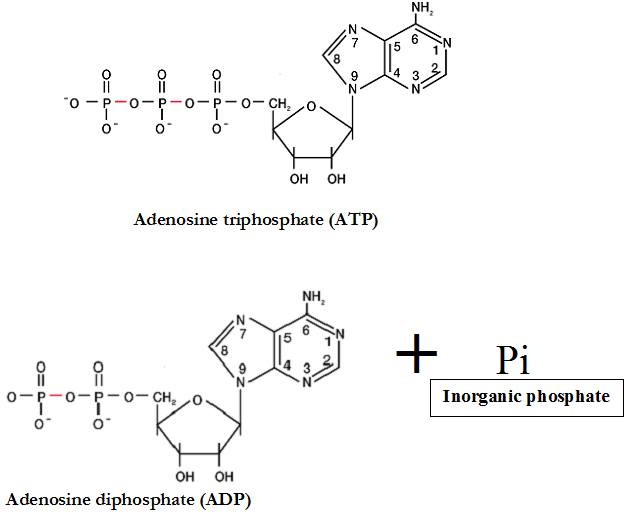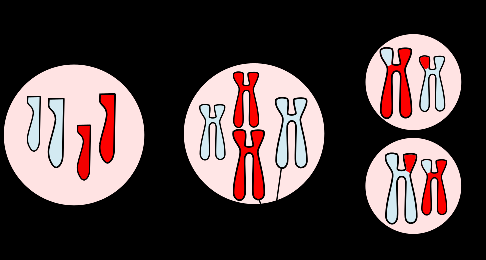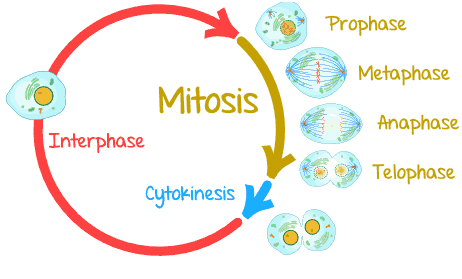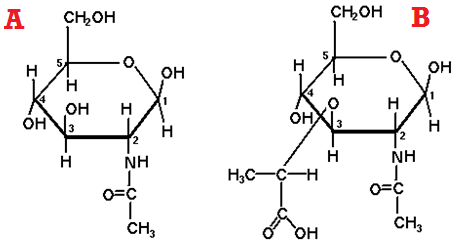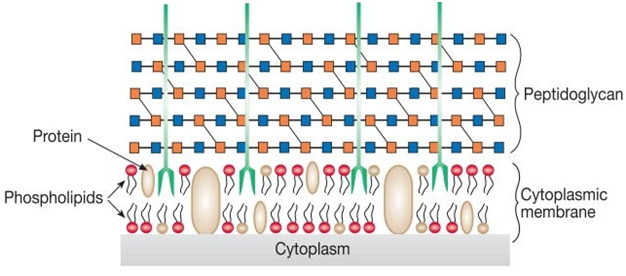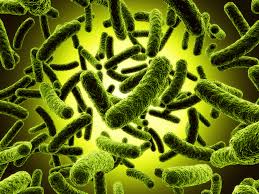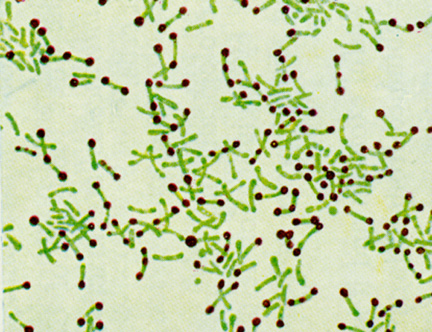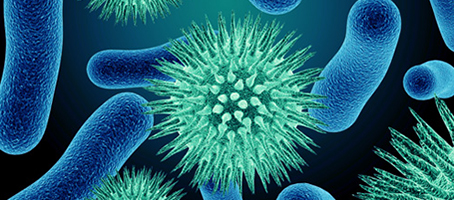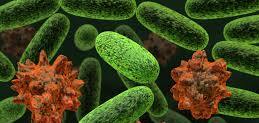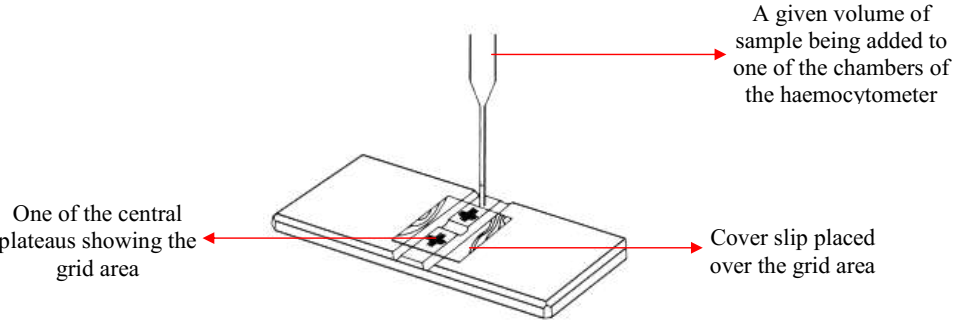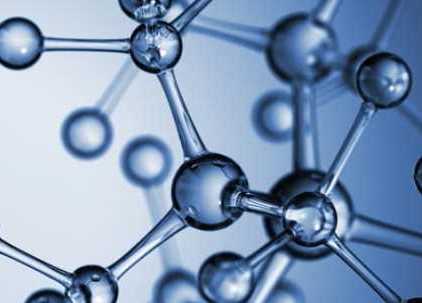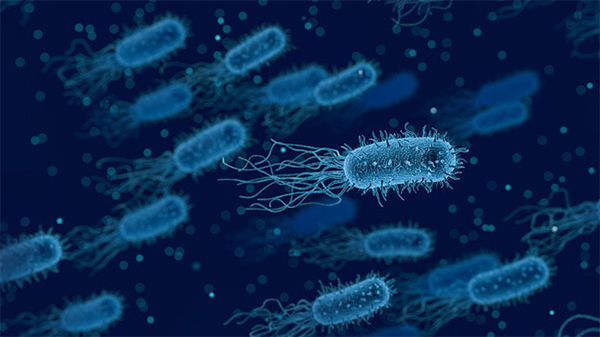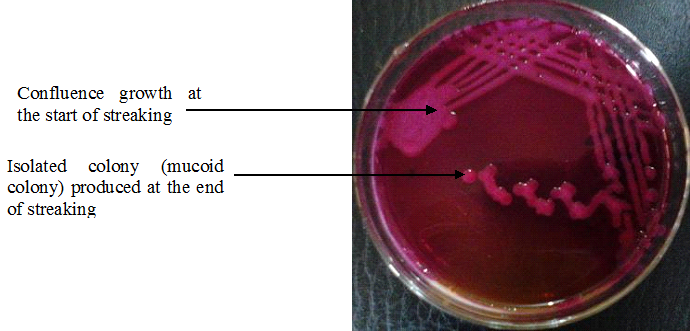Fermentation is a metabolic process that enables cells to extract energy from organic molecules in […]
Category: Microbial Physiology & Metabolism
CATABOLIC PROCESSES IN MICROBIAL CELL (CATABOLISM)
RESPIRATION IN MICROBIAL CELL Respiration in microbial cells is generally an energy-yielding type of metabolism […]
TYPES OF METABOLISM
Metabolic reactions help to maintain a state of balance or equilibrium in the cell. And […]
METABOLISM
Metabolism is simply defined as the summation of the chemical reactions that occurs in the […]
MACROMOLECULES OF LIFE
Macromolecules are large biological molecules that are made up of repeating smaller biological units generally […]
MEIOSIS
Meiosis unlike mitosis is the type of cell division that occurs during the formation of […]
CELL DIVISION – MITOSIS
Cell division is simply defined as the general way in which a microbial cell or […]
BACTERIAL SPORES
Spores are the resistant inactive structures formed by some prokaryotic and eukaryotic organisms. Spore formation […]
BACTERIAL FLAGELLATION
Flagella (singular: flagellum) are the organelles of locomotion or movement in prokaryotic cells. Microbial motility […]
BACTERIAL CAPSULE
Capsules are extracellular polysaccharide (ESP) molecules secreted by bacteria, and which are normally found outside […]
TRANSPEPTIDATION REACTION
Transpeptidation reaction is the chemical reaction that forms the peptide cross-links or bonds during the […]
BACTERIAL CELL WALL
Cell wall is a layer that is present outside the plasma or cytoplasmic membrane of […]
EUKARYOTIC CELLS
Eukaryotic cells are organisms or cells that have a membrane-bound nucleus. They are distinct group […]
Mechanisms for uptake of nutrients by microorganisms – diffusion & active transport
Microbial cells employ a variety of mechanisms to uptake nutrients (including macromolecules, inorganic ions, water […]
NUTRITIONAL GROUPS OF MICROORGANISMS
Living organisms vary in terms of their mode of nutrition i.e. how they feed or […]
Microbial (Bacterial) Nutrition
Bacterial Nutritionis importantfor the optimum growth of the organism because it is the only means […]
PROKARYOTIC CELLS
Prokaryotic cells are microbial cells that have chromosomes that are not separated from the cytoplasm […]
TYPES OF MICROBIAL CELLS
The cell as we know is the basic unit of life. Microorganisms are cellular entities, […]
MICROBIAL COUNT: Total Count & Viable Count
Viable cell count: Viable cell count gives an estimate of the total number of living […]
PARTS OF A CELL AND THEIR FUNCTIONS
The cells of all living organisms share several structural characteristics together. Some of the many […]
CELL THEORY
Cell theory is the scientific hypothesis that the cell is the basic unit of life […]
WHAT IS A CELL?
A cell is simply defined as the basic structural and functional unit of life. It […]
Introduction to Microbial Physiology & Metabolism
Microbial physiology is simply defined as the study of the cell structure, growth factors, metabolic […]
Colonial morphology of microorganisms
Microorganisms produce definite patterns on culture media plates as they grow and divide. These specific […]
Microbial Growth
Growth is simply defined as an irreversible increase in the size of an organism. It […]


